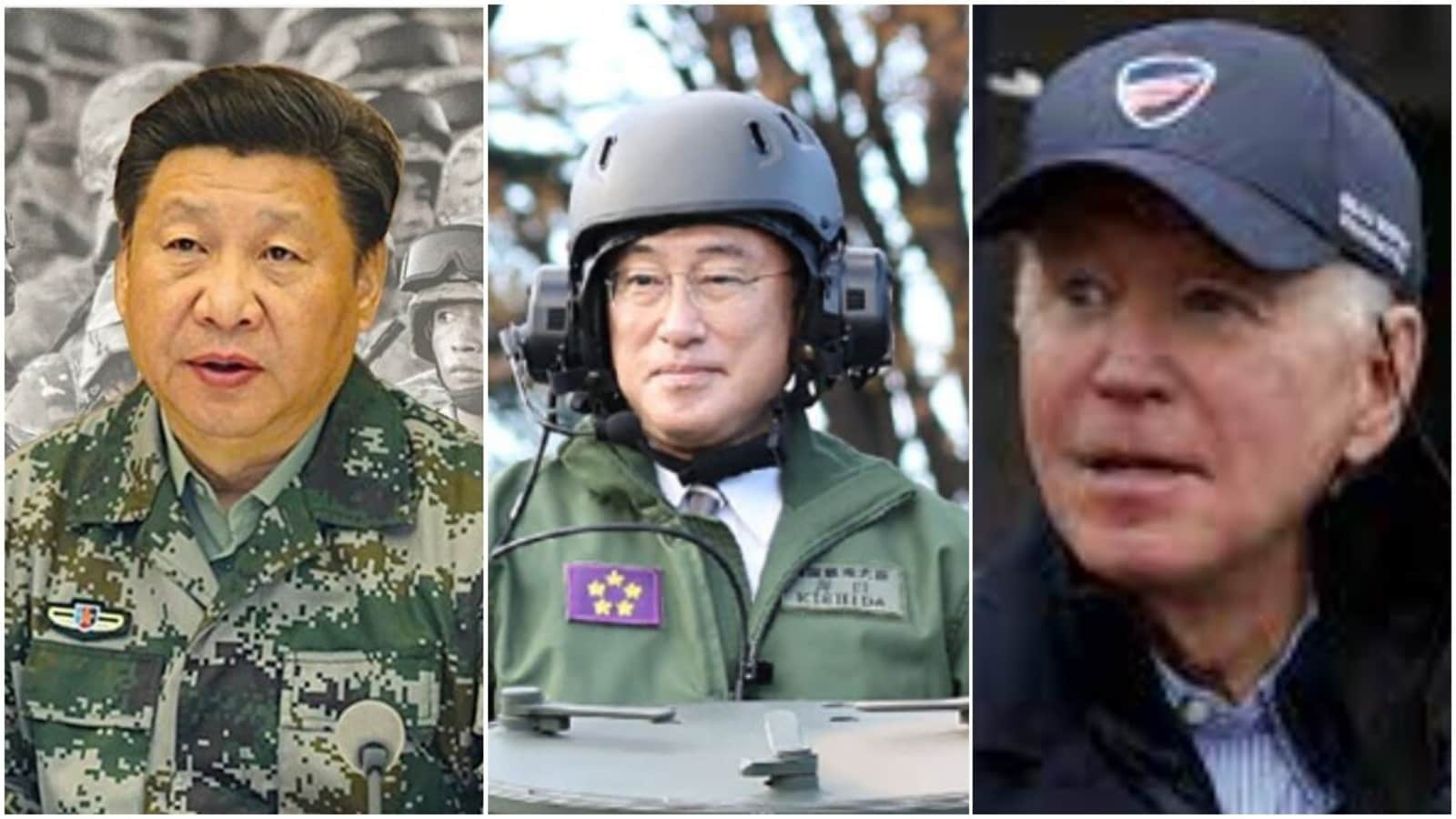
Amidst public sparring between US and China over Taiwan at the Shangri La dialogue, Prime Minister Fumio Kishida stole the strategic limelight with his comment about Japan reinforcing its military capabilities in the next five years including counter-strike option.
Since the word counterstrike is part of nuclear parlance, it has sent ripples all over China as long pacifist Japan wakes up to the threat from Communist China in East Asia. Kishida’s defence minister Nobuo Kishi also lambasted Japan’s nuclear neighbours for possessing and developing nuclear weapons and flouting rules. The statements from Japanese leadership were in recognition of the threat faced by China-Russia joint military exercises using nuclear bombers in East China Sea on May 24, the day QUAD summit was taking place in Tokyo.
The global community watched the meetings between US Secretary of Defence Lloyd Austin and Chinese Defence Minister Wei Fenghe with the latter also meeting his Australian counterpart Richard Marles on side-lines of the Shangri La dialogue in Singapore with the focus clearly being the Chinese belligerence in the Indo-Pacific. While the Chinese Minister targeted US for interference in Taiwan affairs, the main take away from the Singapore talk-shop was recognition of threat by Japan and its moves to counter it.
After talking to several diplomats who attended the dialogue, it was quite evident that Ukraine war was just the icing on the cake with all countries worried about the instability in the Indo-Pacific region and “no limits” relationship between China and Russia. The Chinese moves in Oceania last month have also exacerbated the threat to Australia, Japan and the US as a Chinese military base in Far Pacific will give eternal leader Xi Jinping a free run of the Indo-Pacific and strategically surround Taiwan.
On the side-lines of the dialogue, intelligence chiefs of 22 countries also met to assess the global security and economic environment in the wake of the Ukraine war and Chinese activity in the region. It is quite evident that an alarm was sounded out for countries like Sri Lanka, Pakistan, Nepal, Bangladesh, Mongolia, who have fallen into Chinese debt trap with high debt to GDP ratio, inflation, and drastic weakening of the local currency against rampaging dollar. Unless concerted action is not taken to revive the economies in the sub-continent, there will be large scale political instability in the region.
Totally dependent on China, Mongolia due to drastic covid restrictions in mainland China is currently facing very high inflation and product shortages. Thanks to Chinese Zero Covid policy and Russian invasion of Ukraine, Mongolia is facing currency devaluation and shortage of dollars to buy food with public debt 81 per cent of the GDP.
While the global hotspots of concern were discussed at the dialogue, the key focus remained Taiwan and its fall-out on the Indo-Pacific in case of an Chinese instigated military emergency. Japan PM warned that Ukraine was East Asia of tomorrow, his defence minister identified China as a nation of concern. This clearly indicates the domestic debate over long practiced pacificist policy of Japan was getting hotter by the day, forcing the leadership to take military measures to counter it.
While India did not send its defence minister for the Singapore dialogue, it was quite evident to the participants that ASEAN countries are still sitting on the fence as far as Chinese belligerence is concerned. Fact is that several of them are purely looking for a business opportunity in the crisis while other privately whisper that they are not capable for taking on rampaging Beijing.
